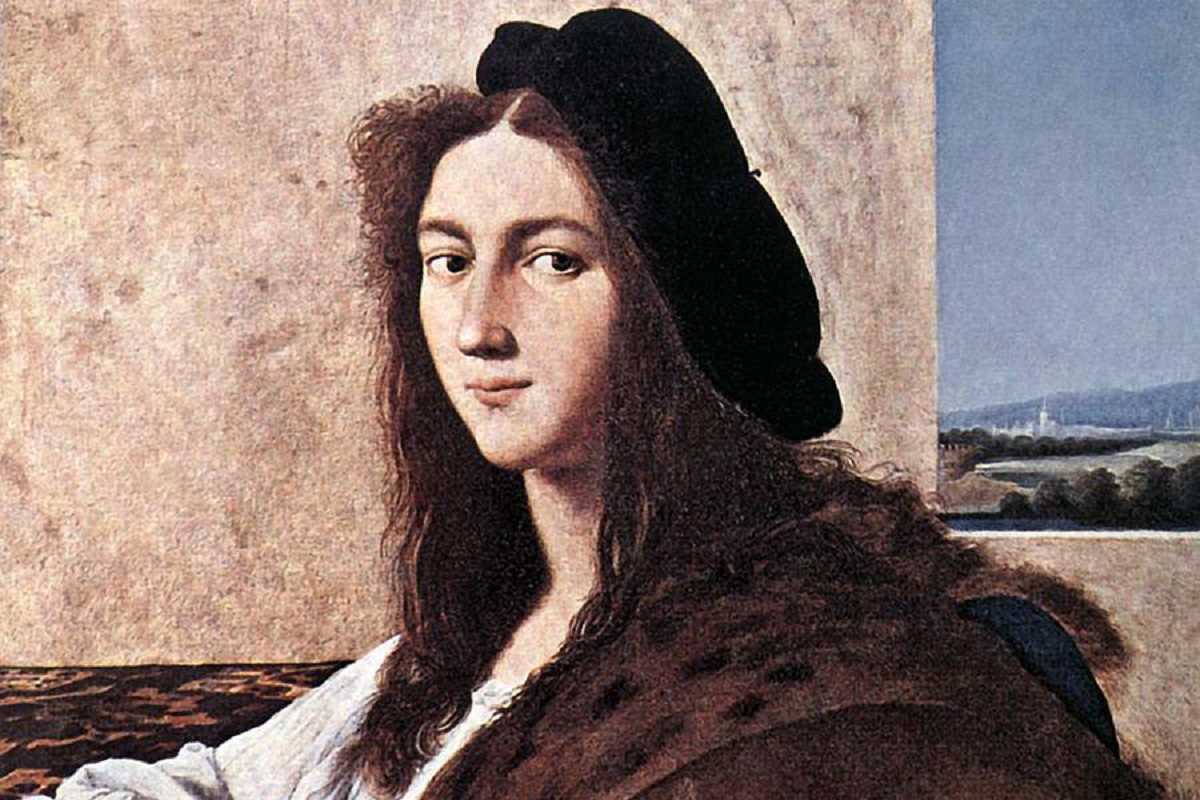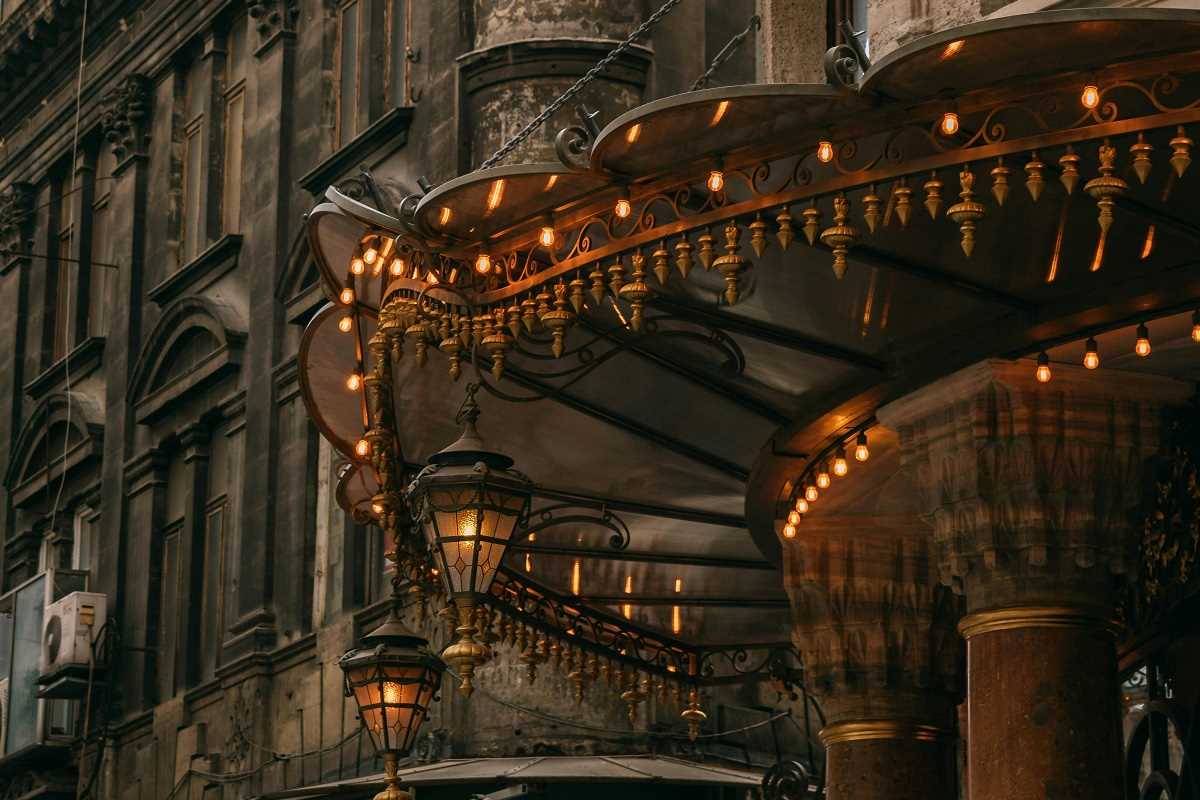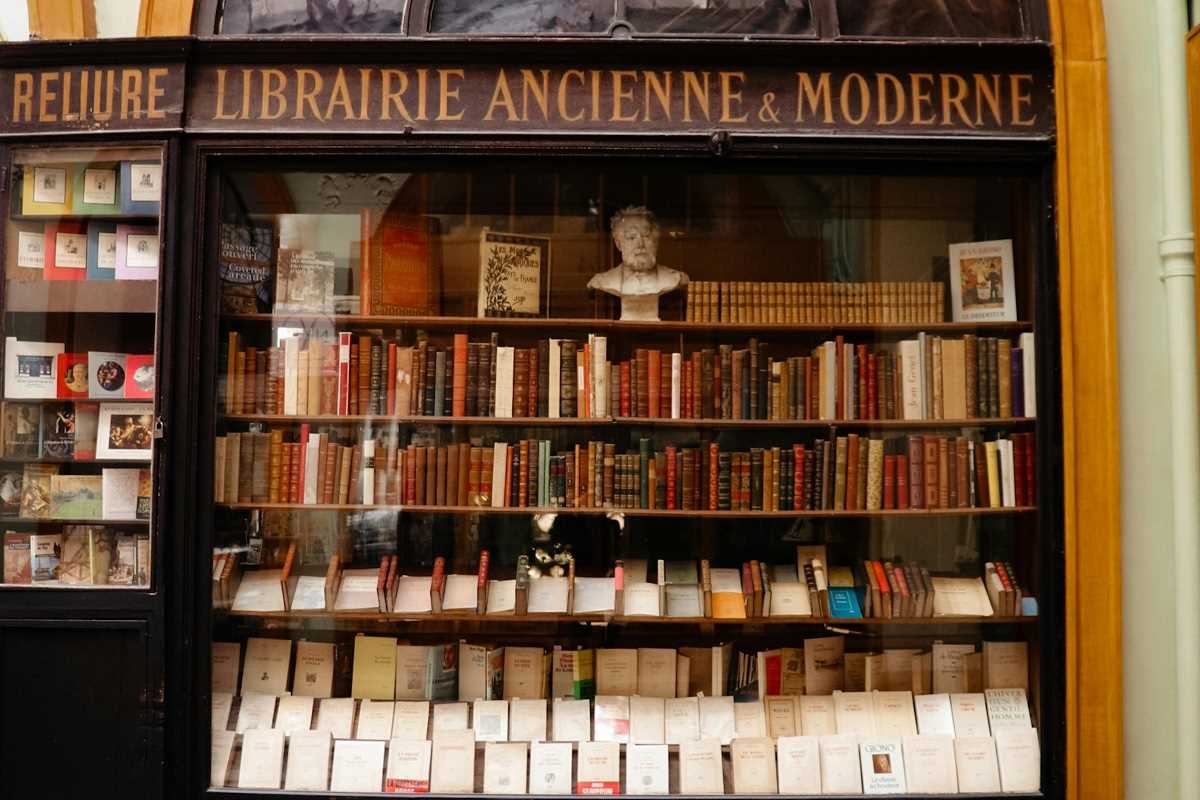Eastern Europe holds a wealth of cultural treasures, with its rich history reflected in stunning works of art. Yet, many masterpieces have faced tragedy—lost due to war, looting, theft, or political upheavals. These lost works are more than just missing pieces; they symbolize the resilience of a region deeply affected by the turbulence of history. Here are eight fascinating stories behind these lost masterpieces, their historical significance, and the ongoing efforts to recover them.
1) The Amber Room - Russia’s “Eighth Wonder of the World”
Dubbed the "Eighth Wonder of the World," the Amber Room was a masterpiece of baroque art, built in the 18th century in Prussia and later gifted to Russian Tsar Peter the Great. The room was adorned with walls of amber, gold leaf, and mirrors, creating a room of breathtaking opulence within the Catherine Palace near St. Petersburg. Tragically, during World War II, the Nazis dismantled and transported the Amber Room to Königsberg, Germany. By the war's end, its trail vanished, and its fate remains one of the greatest art mysteries of modern times. Despite countless searches and theories—including rumors of the amber panels being lost at sea—its recovery eludes historians. Yet hope persists, with recent investigations reigniting interest in solving this enduring enigma.
2) Raphael’s “Portrait of a Young Man” - A Tale of Polish Loss
Regarded as one of the greatest works by Raphael, "Portrait of a Young Man" was an exquisite Renaissance painting housed in the Czartoryski Museum in Kraków, Poland. The painting, representing the pinnacle of the Italian master’s skill, was looted by Nazi forces in 1939 during their occupation of Poland. Following the war, it disappeared without a trace, thought to have been taken into private hands or destroyed during the chaos. It remains one of the greatest unsolved art losses in Polish history, deeply mourned as a symbol of cultural theft during wartime. Poland continues to actively search for the painting, holding out hope that it will one day return.
3) The Crown Jewels of Bohemia - Dispersed by War
The Crown Jewels of Bohemia, once symbols of Czech sovereignty, have a haunting story of disappearance. Originally part of a collection spanning centuries, some of these royal treasures vanished during the Thirty Years’ War in the 17th century when the region faced occupation and looting. Many of the jewels’ individual pieces, including gilded armor and ceremonial swords, were melted down or dispersed across European markets. While some fragments have been recovered, efforts are still underway to uncover their precise fate. The lost jewels represent not just material value but also the resilience of Czech national identity through centuries of conflict.
4) Caravaggio’s “Nativity with St. Francis and St. Lawrence” - Stolen From Sicily to Parts Unknown
While Sicily is technically part of Southern Europe, the fate of Caravaggio’s "Nativity with St. Francis and St. Lawrence" resonates deeply in the Eastern European art recovery narrative. Created in 1609, this dramatic painting was housed in Palermo before being stolen in 1969 by suspected members of the Sicilian mafia. Rumors have since emerged that the painting could have been smuggled through Eastern Europe or even destroyed to cover tracks. The "Nativity" has become a symbol of the tenuous fate of art in crime networks, offering sobering lessons about the vulnerabilities of monumental works left unprotected.
5) The Elgin Marbles of Eastern Europe - Bulgaria’s Sunken Thracian Gold
The Thracians, an ancient people of southeastern Europe, were famed for their artistry in gold. Among the treasures that remain lost is a collection of gold artifacts thought to have been looted during invasions in the early Middle Ages. Some suggest it may have been part of a larger hoard that sank en route to hidden storage along the coast of modern-day Bulgaria. While divers continue to search Black Sea shipwrecks, many of these exquisite golden artifacts—featuring intricate geometric patterns—remain tantalizingly out of reach. Known as the “Elgin Marbles of Eastern Europe,” recovering these iconic treasures would bring global attention to Thracian culture and its enduring legacy.
6) Leonardo da Vinci’s “Madonna of the Yarnwinder” - Sketched into Mystery
Though primarily associated with Italy, Leonardo’s "Madonna of the Yarnwinder" carried significant ties to Eastern European collectors when it went missing under mysterious circumstances. This masterpiece, which depicts the Virgin Mary holding an intricate yarnwinder, was allegedly taken through complex transactions during the 18th century and remains hidden, with some believing it remains in an undisclosed Eastern European private collection. While many reproductions exist, the truth behind the original painting has captivated art historians for generations. Its recovery would be a profound rediscovery of Renaissance splendor.
7) The Buda Castle Manuscripts - Hungary’s Vanished Written Treasures
Buda Castle, perched majestically over Budapest, was once home to a vast library containing medieval manuscripts and scientific works of unmatched cultural value. During the Ottoman siege in the 16th century, much of the library was destroyed or smuggled out by foreign troops. Many of the manuscripts—ranging from illuminated religious texts to groundbreaking essays on astronomy—have never been recovered. Yet historians continue to piece together fragments of Hungary’s lost literary wealth. These manuscripts symbolize the richness of medieval thought and the artistic care that went into preserving knowledge for generations.
8) Jan van Eyck’s “Just Judges” Panel - Missing from the Ghent Altarpiece
While Jan van Eyck’s "Ghent Altarpiece" is a Northern European marvel, its missing "Just Judges" panel has a particularly poignant place in Eastern European cultural lore. Stolen in 1934 from Saint Bavo’s Cathedral in Belgium, the panel was rumored to have been smuggled into Eastern Europe during the art theft frenzy of World War II. Despite extensive investigations, its whereabouts remain entirely unknown. This story continues to resonate due to its ripple effect on art heist techniques and the ongoing debate surrounding wartime looting. Many art lovers hope that the piece will one day emerge unscathed, offering an almost mythic conclusion to its disappearance.
Final Reflections
The stories behind these lost masterpieces offer a window into the impact of historical upheavals on Europe’s cultural heritage. Wars, invasions, political strife, and global crime networks have all played roles in separating these works from their rightful homes. But alongside the sorrow, there is hope. Advances in technology, from artificial intelligence to global satellite imagery, are aiding art recovery efforts. International collaborations between museums, governments, and private collectors also keep the search alive. Each missing masterpiece represents more than its physical form—it holds the spirit, craftsmanship, and cultural significance of its time. The ongoing quest to rediscover these treasures underscores humanity’s desire to preserve and reconnect with its shared history. Until then, the missing masterpieces of Eastern Europe will remain both a mystery and an enduring reminder of art’s power to weather the storms of time.
 (Image via
(Image via





.jpg)